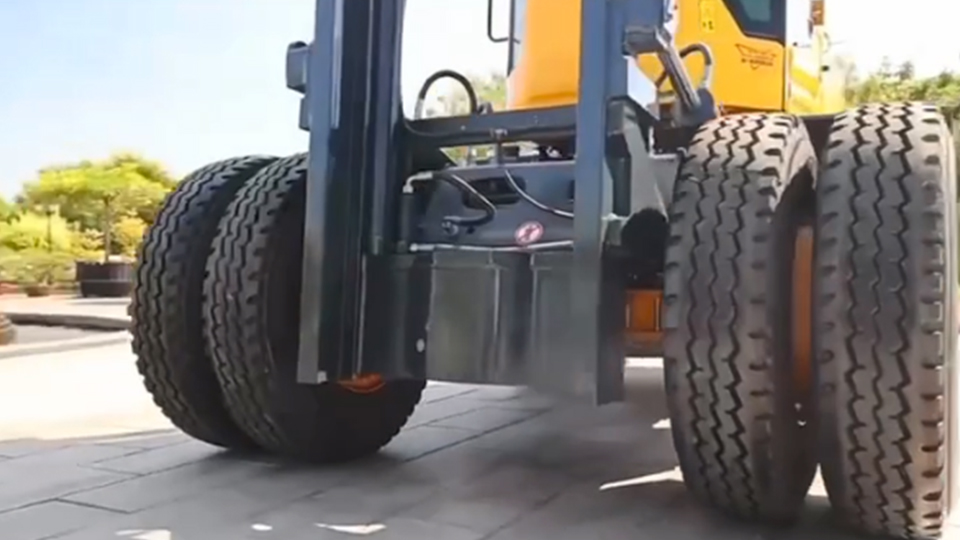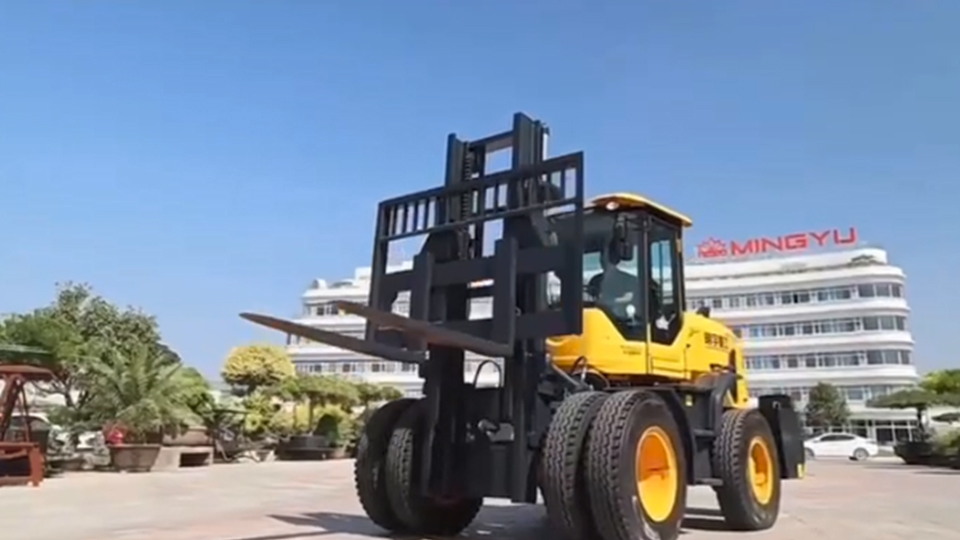
Introduction
Forklifts are indispensable in various industries for their ability to move heavy loads efficiently. However, they also pose significant safety risks if not properly inspected and maintained. Daily inspections are not just a formality; they are a crucial step in ensuring the safety of operators and workers, as well as compliance with regulatory requirements. According to OSHA, forklifts must be inspected before each shift, and this requirement is not optional. This article outlines the essential daily checks that must be performed before using a forklift.
Regulatory Requirements and Compliance
OSHA mandates that forklifts be inspected daily before use. This requirement is specified under 29 CFR 1910.178(q)(7), which states that powered industrial trucks must be examined before being placed in service. Non-compliance can lead to severe consequences, including hefty fines, legal liabilities, and, most importantly, workplace accidents. Ensuring that forklifts are in safe operating condition is a legal obligation and a fundamental aspect of workplace safety.

Key Components of a Daily Forklift Safety Inspection Checklist
A comprehensive daily inspection involves both visual and operational checks. These checks help identify potential issues before they escalate into serious problems.
Visual Inspection (Before Starting the Forklift)
Before starting the forklift, a thorough visual inspection should be conducted. This includes checking the following components:
Fluid Levels: Check hydraulic fluid, engine oil, and coolant. Low levels can cause overheating, loss of power, or hydraulic failure.
Leaks & Visible Damage: Inspect hoses, cylinders, and fittings for cracks or leaks. Fluid leaks can indicate serious underlying issues.
Tires & Wheels: Ensure tires are inflated (if pneumatic), not cracked, and have no missing chunks. Damaged tires can affect stability and handling.
Forks & Attachments: Check for bends, cracks, or wear on the forks. Damaged forks can weaken and become unsafe for lifting loads.
Nameplates & Safety Labels: Ensure that all nameplates and safety labels are present and readable. These provide critical information about the forklift’s capabilities.
Seatbelt & Safety Devices: Verify that seatbelts and other safety devices are in good working condition. Non-functioning safety devices cannot protect the operator.
Battery or Fuel System: For electric forklifts, check battery cables for corrosion. For gasoline, diesel, and propane forklifts, inspect for fuel leaks and secure connections.
Operational Inspection (Once the Forklift is Running)
After the visual inspection, the forklift should be started to perform operational checks:
Steering & Maneuverability: The forklift should turn smoothly without lag or resistance. Stiff or loose steering can lead to control issues.
Brakes & Stopping Power: Test both the service brakes and parking brakes to ensure they hold strong. Malfunctioning brakes are a significant safety hazard.
Hydraulic Systems: Lift, lower, and tilt the forks to ensure the hydraulics are responsive and leak-free. Sluggish hydraulics can lead to dropped loads.
Warning Signals: Ensure that horns, backup alarms, and flashing lights are functioning properly. These signals are crucial for alerting pedestrians and other workers.
Instrument Panel & Gauges: Check fuel, battery, and temperature gauges to ensure they are within normal operating ranges. Malfunctioning gauges can lead to unexpected breakdowns.
Addressing Identified Issues

Identifying issues during the daily inspection is only the first step. It is equally important to address these issues promptly and effectively.
Reporting Procedures
Operators must report any identified issues immediately. This includes:
Who to Report To: Notify your supervisor, safety manager, or maintenance team.
How to Report: Use designated forms, checklists, or digital platforms to log issues. This helps in tracking trends and repeat problems.
Next Steps: The forklift should be removed from service until the issue is resolved. Continuing to use a forklift with known issues is a violation of OSHA regulations.
Maintenance and Repairs
Once an issue is reported, it must be addressed by qualified maintenance personnel. This includes:
Qualified Repairs: Only trained mechanics should handle repairs to ensure they are done safely and correctly.
No Quick Fixes: Avoid temporary fixes that do not address the root cause of the problem. Using a forklift with unresolved issues puts everyone at risk.
Follow-Up Inspections: After repairs, the forklift should be inspected again to ensure the issue has been resolved.
Conclusion
Daily forklift inspections are a critical component of workplace safety. They help identify and address potential issues before they lead to accidents or equipment failure. By adhering to OSHA regulations and conducting thorough daily checks, employers and operators can significantly reduce the risk of forklift-related accidents and ensure a safer working environment
Name: selena
Mobile:+86-13176910558
Tel:+86-0535-2090977
Whatsapp:8613181602336
Email:vip@mingyuforklift.com
Add:Xiaqiu Town, Laizhou, Yantai City, Shandong Province, China